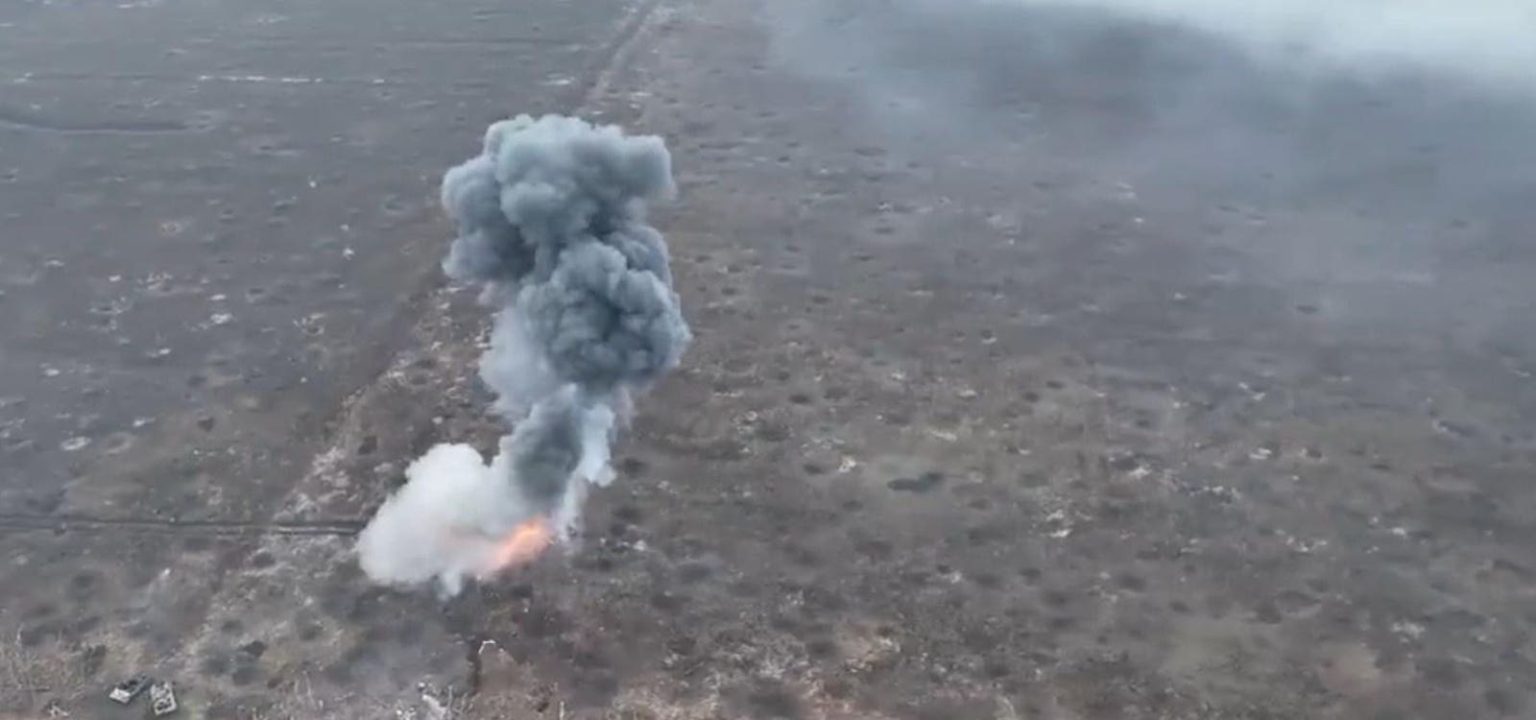Last winter Russian naval infantry brigades repeatedly tried, and repeatedly failed, to break out of Mykilske, a settlement in southern Ukraine’s Donetsk Oblast, in order to capture Vuhledar, a Ukrainian stronghold to the north.
Nearly a year later, they tried again. On Thursday, a large Russian force—apparently from the 155th Naval Infantry Brigade—assaulted Vuhledar. It promptly ran over mines and stalled out in artillery and drone kill-zones watched over by the Ukrainian army’s 72nd Mechanized Brigade.
The result was the same in late 2023 as it was in early 2023. The Ukrainians wrecked a lot of Russian vehicles and killed a lot of Russian troops.
Andrew Perpetua, an open-source intelligence analyst who tallies vehicle losses in Russia’s 22-month wider war on Ukraine, underscored the scale of the disaster as the Russian marines collided with the 72nd Brigade’s defenses.
In a single day ending late Thursday, Perpetua counted nearly 60 damaged, destroyed and abandoned Russian vehicles—and just 17 damaged, destroyed and abandoned Ukrainian vehicles. There have been worse days for the Russians in the last two years, but not many.
Ukrainian president Volodymyr Zelensky succinctly summarized the Russian debacle. “There was an attempt by the enemy to advance in the Vuhledar direction, but our soldiers stopped it, inflicting heavy losses on the enemy: dozens of vehicles, many killed and wounded,” Zelensky stated.
It’s hard to say why the Kremlin would launch yet another assault on a Ukrainian strongpoint that repeatedly has resisted earlier assaults—and why it would do it now.
While the Russians have managed to make good the loss of thousands of armored vehicles and tens of thousands of experienced soldiers by reactivating old vehicles and mobilizing raw new recruits, it would be inaccurate to say Russian forces have an abundance of excess combat power.
And the Russians are busy. They’re defending against the Ukrainian counteroffensive in Kherson, Zaporizhzhia and Donetsk Oblasts. They’re sustaining countercounteroffensives outside Kreminna and, most critically, Avdiivka.
Three weeks of Russian attacks toward Avdiivka, just northwest of Donetsk city, have cost Russian brigades hundreds of vehicles and potentially thousands of troops. Losses on that scale should startle a careful army into radically switching up its operations.
The Russian army isn’t a careful army. Instead of pausing to weigh its losses against its objectives, it has doubled down—and added a second frontal assault against prepared Ukrainian defenses.
The cost, in people and materiel, is likely to grow as the assaults continue. Maybe the Russians will break through either in Vuhledar or Avdiivka, or in both. But is either settlement worth a thousand lives and half a billion dollars of hardware?
Only the Kremlin, and Russian society in general, can answer that question.
For the Ukrainians, the answer to the same question almost surely is no. The Ukrainian army takes greater pains to preserve its people and weapons. It quit Severodonetsk when that city became undefendable last year. It quit Bakhmut when it became undefendable earlier this year.
Neither retreat precluded Ukrainian counterattacks in the same sectors, or attacks elsewhere along the 600-mile front line. The Ukrainians have proved their willingness to trade space for time and opportunity, even when the trade smells like defeat. It’s not clear the Russians make the same calculations.
Indeed, it’s not clear what the Russians are thinking. At all.
Read the full article here





